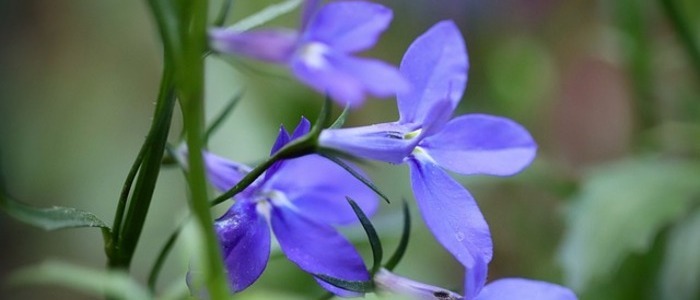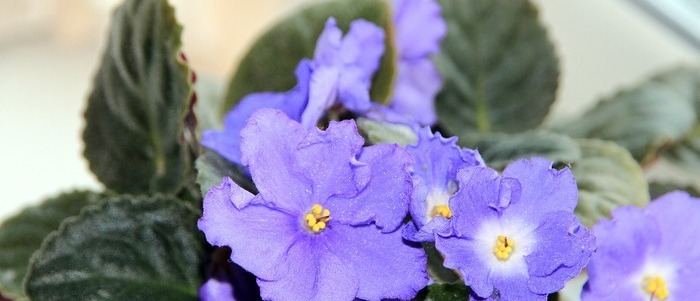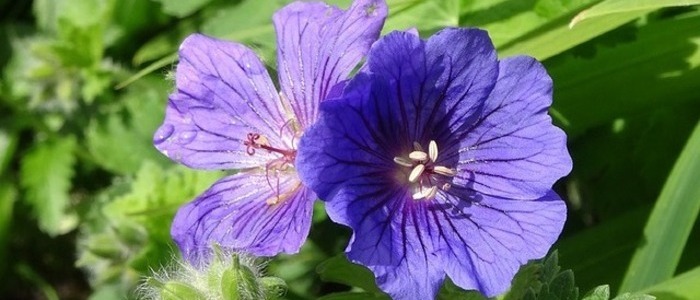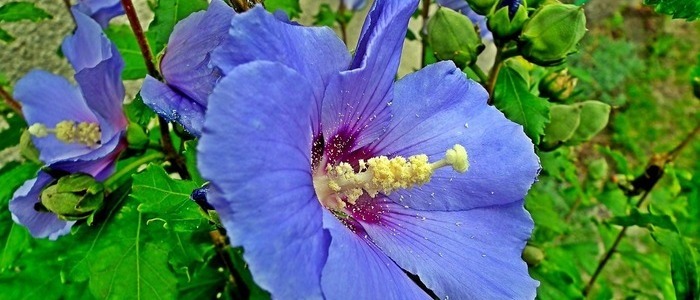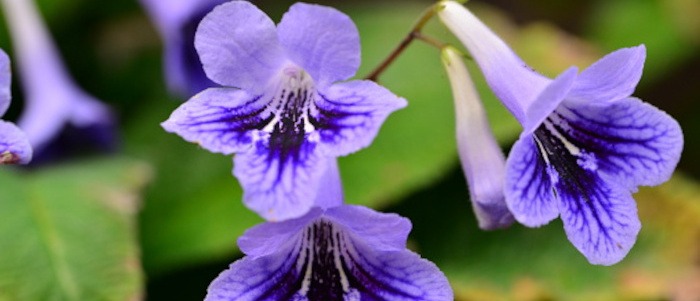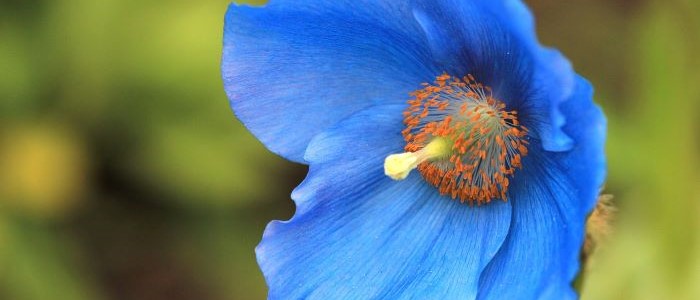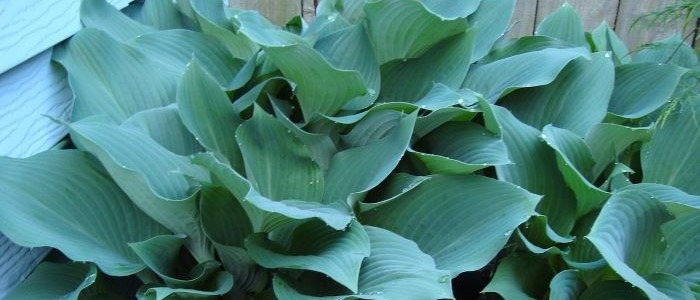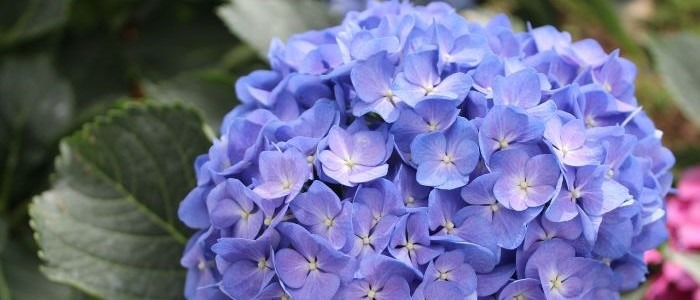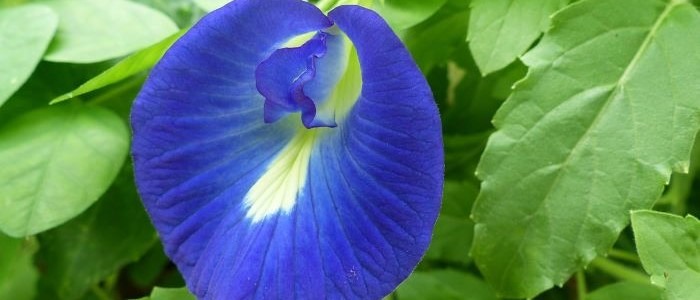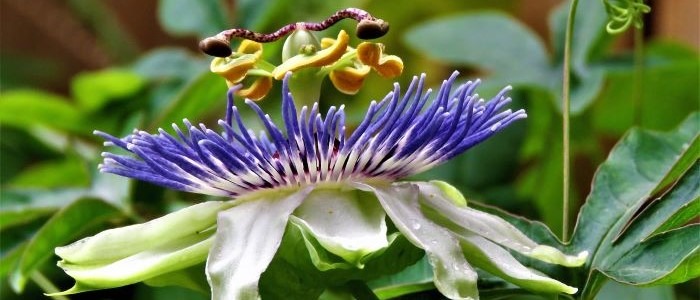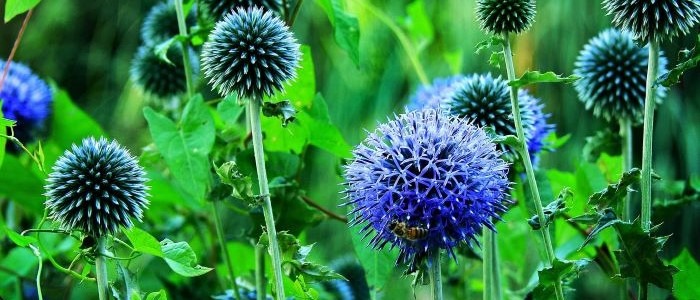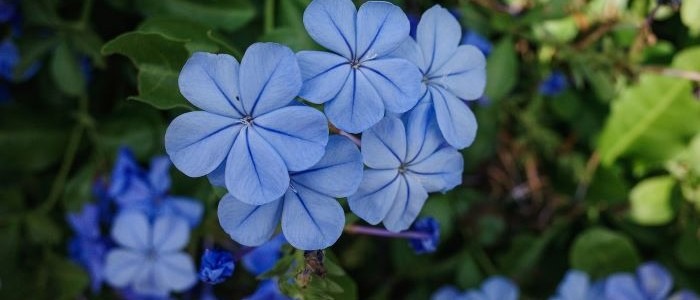The blue begonia plant remains a fascinating plant for your home garden. Its vibrant blue color adds a unique touch to any garden or indoor space, and its easy-to-care-for nature makes it a great choice for both experienced and novice gardeners. Whether you choose to plant it in a pot or in your garden bed, the blue begonia is sure to bring beauty and joy to your home.
In addition to its aesthetic appeal, the blue begonia also has some interesting cultural significance. In many cultures, the begonia is believed to symbolize peace and tranquility It is often given as a gift to express well wishes and good fortune. This makes it a perfect addition to any home or garden, not just for its beauty, but also for its positive energy.
Overall, the blue begonia is a wonderful plant that offers both visual and spiritual benefits to its caretakers. Consider adding this fascinating plant to your collection and enjoy its unique beauty and positive energy.

Blue Begonia Plants Frequently Asked Questions
How often do you water blue begonias?
Blue begonias prefer to be kept moist but not waterlogged. It's important to water them thoroughly when the top inch of soil feels dry to the touch, but be sure not to let the plant sit in standing water. Overwatering can lead to root rot and other issues. In general, it's best to water them once or twice a week, depending on the humidity and temperature of their environment.
How do you propagate begonia plants?
Begonia plants can be propagated through stem cuttings or leaf cuttings. To propagate through stem cuttings, simply cut a healthy stem just below a node and remove the lower leaves. Dip the cut end in rooting hormone and plant in a well-draining potting mix. Keep the soil moist and in a warm, bright location until roots develop. Leaf cuttings can be taken by removing a healthy leaf and cutting it into sections, making sure each section has a vein. Dip the cut end in rooting hormone and plant in a well-draining potting mix.
Tips for Caring for Blue Begonia Plants
Taking care of blue begonia plants involves providing it with the right amount of water, sunlight, and nutrients. It is important to note that with proper care, a blue begonia plant can thrive and add beauty to your home environment.
Here are five (5) ways to care for blue begonias
1. Watering: Blue begonias require regular watering, but not too much. The soil should be kept moist, but not waterlogged.
2. Fertilizing: Fertilize blue begonias once a month with a balanced fertilizer to promote healthy growth and vibrant blooms.
3. Light: Blue begonias prefer bright, indirect sunlight. Avoid placing them in direct sunlight, as it can scorch the leaves.
4. Temperature: Blue begonias thrive in temperatures between 60-75°F. Avoid exposing them to extreme temperatures or drafts.
5. Pruning: Prune blue begonias regularly to encourage bushier growth and remove any dead or damaged leaves. Pinch off the tips of the stems to promote branching.
Propagating Blue Begonia Plants
Propagation of blue begonia plants can be done through several methods, such as stem cuttings, leaf cuttings, division of the plant, and even seeds. It is important to choose a healthy and mature plant for propagation and to provide proper care and conditions for the new plant to thrive. With the right techniques and patience, propagating a blue begonia plant can be a rewarding and enjoyable experience for any plant enthusiast.
Stem cuttings: Propagating your blue begonia plant through stem cuttings is one of the most common and effective methods. To do this, select a healthy stem with at least two nodes and make a clean cut just below the lowest node. Remove any leaves from the bottom half of the stem, leaving only a few at the top. Dip the cut end of the stem in rooting hormone powder and plant it in a pot with well-draining soil. Keep the soil moist and place the pot in a warm and bright location, but out of direct sunlight. Within a few weeks, roots should start to form, and new growth will appear.
Leaf cuttings: Propagating your blue begonia plant through leaf cuttings, is best used when the plant is actively growing and has healthy leaves. Select a mature leaf and cut it off the plant, making sure to include the petiole or stem. Cut the leaf into sections, making sure that each section has a vein running through it. Dip the cut end of each section in rooting hormone powder and plant it in a pot with well-draining soil. Keep the soil moist and place the pot in a warm and bright location, but out of direct sunlight. Within a few weeks, new growth should appear at the base of each leaf section. With proper care, these new plants can eventually be transplanted into their own pots
Division of the plant: Another method of propagating your blue begonia plant is through division. This method is best used when the plant has grown to a larger size and has multiple stems, or “clumps,” growing from the soil. Carefully remove the entire plant from its pot and gently separate the stems or clumps from each other. Make sure each stem or clump has its own root system. Repot each stem or clump into its own pot with fresh, well-draining soil. Water the newly potted plants thoroughly and place them in a warm and bright location, but out of direct sunlight.
Seed propagation: Propagating your blue begonia plant through seeds is another option, but it requires patience and attention to detail. Start by collecting the seeds from the mature flowers of the plant. Allow the seed pods to dry out completely before gently removing the seeds. Sow the seeds in a seed tray filled with well-draining soil and cover them lightly with a layer of soil. Water the soil gently and place the tray in a warm and bright location, but out of direct sunlight. Keep the soil moist but not waterlogged, and wait for the seeds to germinate. Once the seedlings have grown large enough, transplant them into individual pots, and continue to care for them as you would with the propagated cuttings.
Pruning Blue Begonia Plants
There are several reasons why you should prune your blue begonia plant. Pruning will help promote new growth, while improving the plant’s overall shape and appearance, remove dead or damaged branches, and prevent the plant from becoming too large or overgrown.
When pruning, it is important to use clean and sharp tools to ensure health, avoid damage and make clean cuts. Additionally, it is recommended to prune the plant in the early morning or late afternoon to avoid stressing the plant during the hottest part of the day.
Common Pest that Affects Blue Begonia Plants
Aphids, spider mites, whiteflies, and mealybugs are typical pests that can destroy blue begonia plants. To guarantee the plant’s health and lifespan, it is crucial to routinely check for these pests and treat the plant for them.
Maintaining the blue begonia plant in a space that is well-ventilated and has a moderate amount of humidity is one strategy to keep these pests away. Additionally, try to avoid overwatering the plant because this can foster an atmosphere where pests can flourish. Take urgent action to remedy the plant if you do spot any signs of infection, such as yellowing leaves or sticky residue on the foliage.
You can use a variety of natural therapies, including neem oil or insecticidal soap, or you can seek advice from an expert to find the most effective solution.
.
Conclusion
In reality, if your blue begonia plant is to thrive and do well, it will require regular watering, proper sunlight exposure, pruning and occasional fertilization.
It is just as important to keep an eye out for any signs of pests or diseases and take appropriate action if necessary. With proper care, the blue begonia can thrive and add a beautiful touch to any indoor or outdoor space.
Other Blue House Plants
